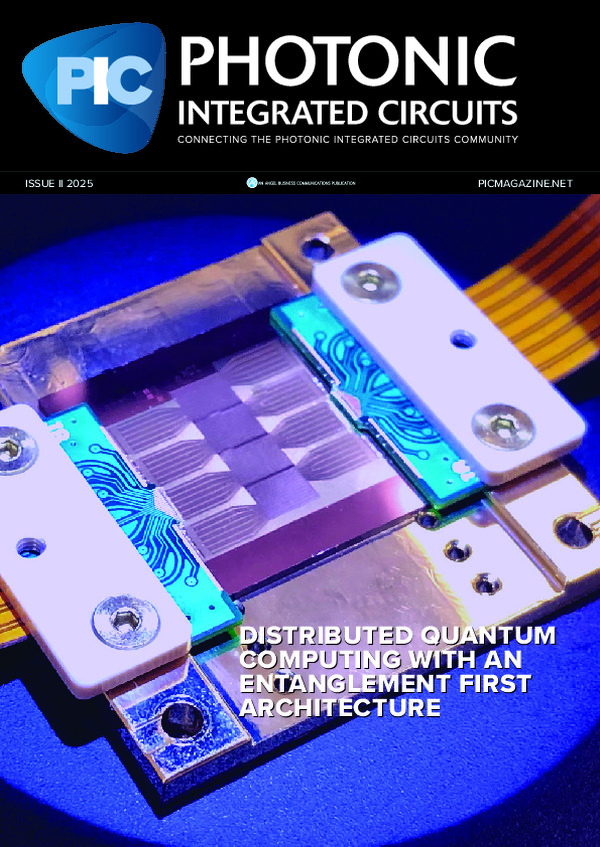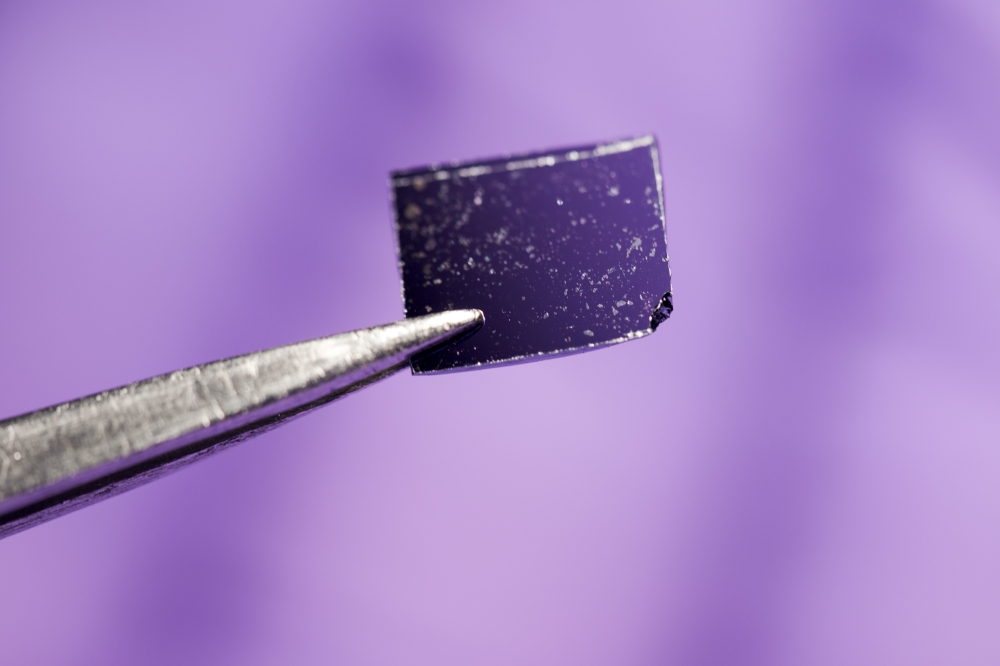
Ultra-thin devices light the way to miniaturised entangled photon sources

Stacked layers of very thin materials offer a novel way of creating entangled photon pairs that could be integrated into future PICs, paving the way for quantum computing at a much more compact scale.
By Leevi Kallioniemi, PhD student, and Xiaodan Lyu, research fellow, Nanyang Technological University, Singapore
Quantum entanglement has astounded and divided physicists since it was first conceived last century.
One of many counterintuitive effects predicted by quantum mechanics, the phenomenon involves two particles becoming linked, or entangled, meaning that a change in one particle’s state will inevitably and immediately change the state of the other, even if they are infinitely far apart. Many pioneers of quantum theory initially rejected this idea.
Most famously, Albert Einstein described it as “spooky action at a distance,” highlighting how nonsensical it seemed.
However, quantum theory has held up to scientific scrutiny; experiments conducted in the past century have repeatedly confirmed its predictions, and quantum entanglement has been demonstrated with many particles, including pairs of electrons and pairs of photons.

